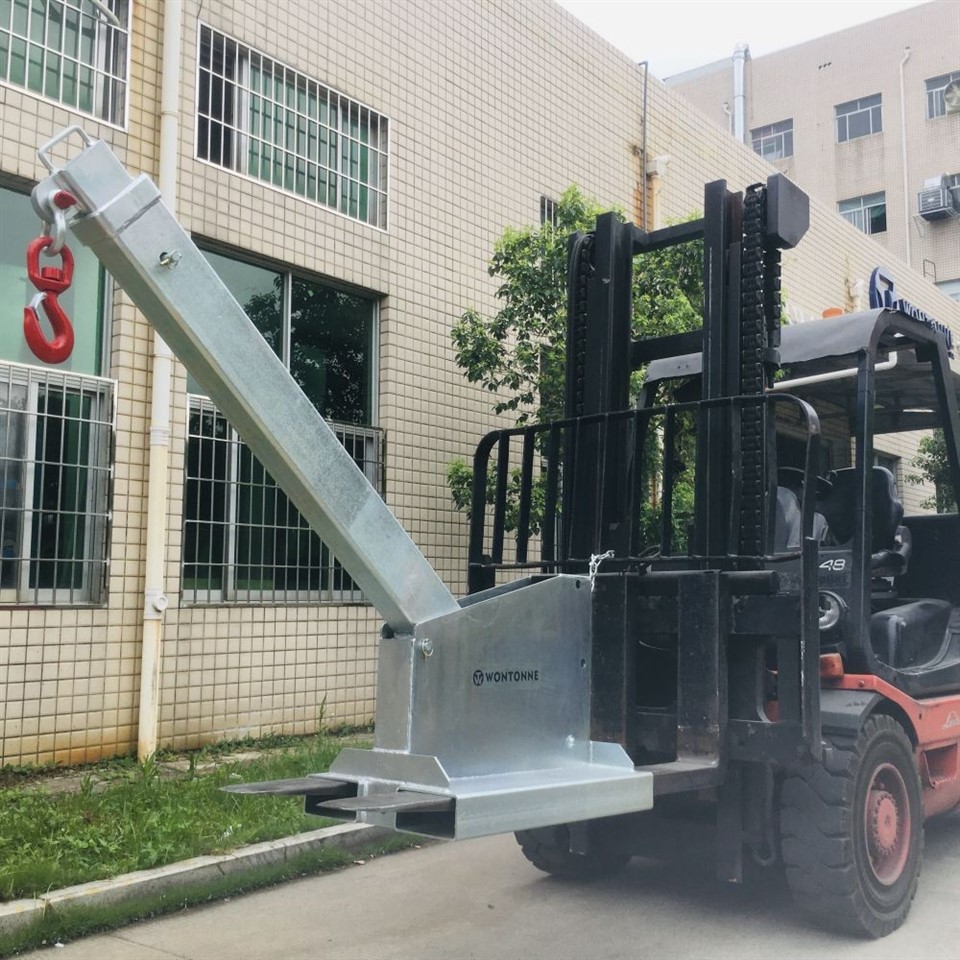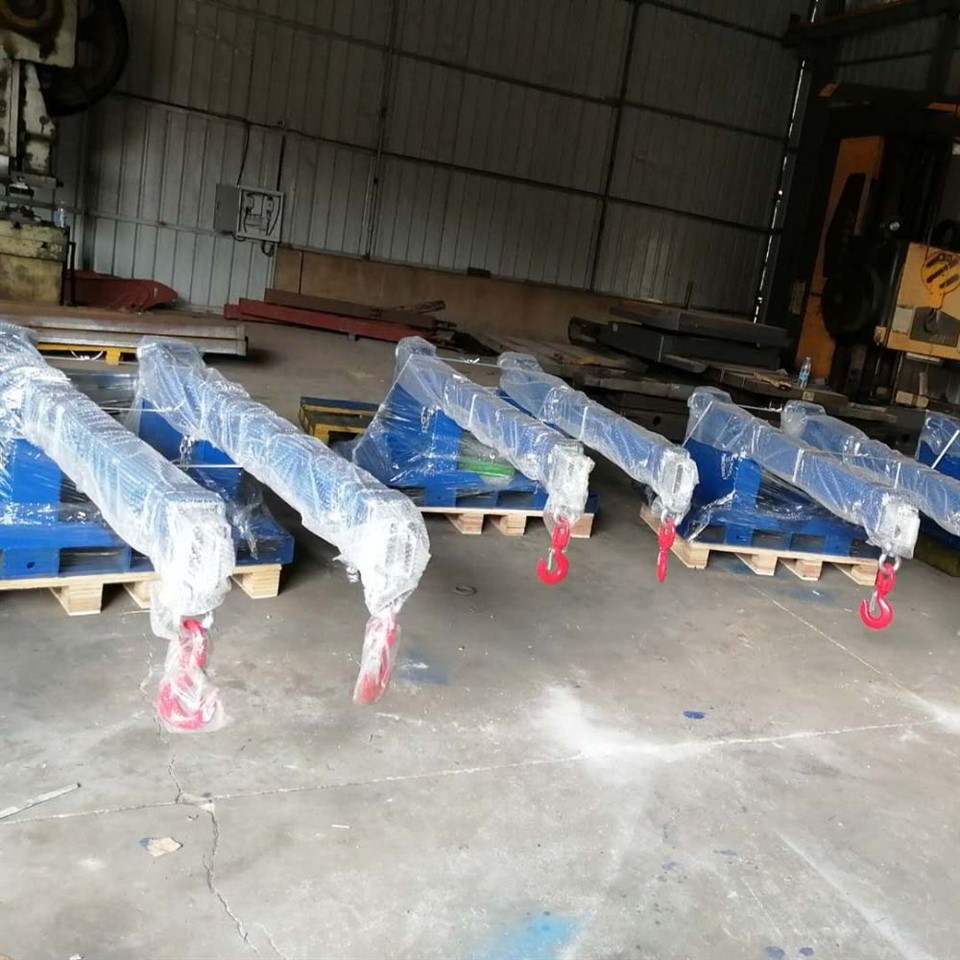The wingspan is a term more commonly associated with birds, referring to the distance from the tip of one wing to the tip of the other when the wings are fully extended. When we talk about a "crane," it can have two meanings: the large, long - legged wading bird or the heavy - duty lifting machine. In this blog, I'll explore both aspects, especially from the perspective of a crane supplier.
The Crane as a Bird
When referring to the crane as a bird, different species have varying wingspans. For example, the Sarus Crane, one of the tallest flying birds in the world, has an impressive wingspan. On average, the wingspan of a Sarus Crane can range from 2.4 to 2.6 meters (about 7.9 to 8.5 feet). This wide wingspan allows it to soar gracefully through the air, covering long distances during migration.
The Whooping Crane, another well - known species, also has a substantial wingspan. It typically measures around 2.3 meters (7.5 feet). This large wing area provides the necessary lift for the bird to stay airborne, considering its relatively large body size. The wingspan is crucial for these birds as it helps them in flight, hunting, and evading predators.
The evolution of the crane bird's wingspan is closely related to its lifestyle. Birds that migrate long distances often have longer wingspans. A larger wingspan means less energy is required to maintain flight over long - haul journeys. For instance, the Siberian Crane undertakes an arduous migration from Siberia to India. Its wingspan, which can reach up to 2.1 - 2.3 meters, enables it to glide efficiently through different air currents, conserving energy during the long - distance flight.
The Crane as a Lifting Machine
As a crane supplier, I'm more focused on the mechanical cranes. In the context of these machines, the term "wingspan" doesn't directly apply. However, there are comparable concepts such as the boom length. The boom is the long, extendable arm of the crane that is used to lift and move heavy loads.
The length of the boom can vary significantly depending on the type and purpose of the crane. For example, small mobile cranes used in construction sites for light - duty tasks may have a boom length of around 10 - 20 meters. These cranes are suitable for tasks like lifting building materials to lower floors or positioning equipment in confined spaces.
On the other hand, large tower cranes, which are commonly seen in high - rise construction projects, can have boom lengths of over 50 meters. The long boom allows these cranes to reach far out from the base and lift heavy loads to great heights. The design of the boom length is carefully calculated based on the maximum load capacity, the working radius, and the height requirements of the construction project.
When choosing a crane for a particular job, the boom length is a critical factor. A longer boom may seem more versatile, but it also comes with limitations. As the boom length increases, the crane's load - carrying capacity decreases due to the increased leverage and stress on the structure. Therefore, it's essential to strike a balance between the boom length and the load requirements.
Our Crane Products and Attachments
At our company, we offer a wide range of cranes and crane attachments to meet different customer needs. One of our popular products is the Forklift Mounted Jib Crane. This attachment can be easily mounted on a forklift, providing additional lifting capabilities. It's a cost - effective solution for small - scale operations where a full - sized crane may not be necessary.
The Forklift Crane Hook Attachment is another useful product in our portfolio. This attachment allows forklifts to lift loads using a hook, which is especially handy for lifting irregularly shaped or bulky items. These attachments are designed to be durable, easy to install, and compatible with a variety of forklift models.


Factors Affecting Crane Performance
In addition to the boom length, several other factors affect the performance of a mechanical crane. The load capacity is a fundamental consideration. It determines the maximum weight that the crane can safely lift. The load capacity is influenced by the design of the crane, the strength of its materials, and the stability of its base.
The working radius is also crucial. It refers to the horizontal distance from the center of the crane's rotation to the point where the load is being lifted. As the working radius increases, the crane's load - carrying capacity decreases. Therefore, operators need to carefully calculate the working radius and load capacity to ensure safe operation.
The stability of the crane is of utmost importance. A crane can tip over if it is overloaded or if the load is not properly balanced. To enhance stability, many cranes are equipped with outriggers, which are extendable legs that provide additional support. Some cranes also have sophisticated control systems that monitor the load and the crane's position in real - time to prevent accidents.
Maintenance and Safety
Proper maintenance is essential for the reliable operation of cranes. Regular inspections should be carried out to check for any signs of wear and tear, such as cracks in the boom, loose bolts, or hydraulic leaks. Lubrication of moving parts is also crucial to reduce friction and prevent premature failure.
Safety is always the top priority when operating cranes. Operators should be well - trained and certified to handle these machines. They need to follow strict safety procedures, such as wearing appropriate personal protective equipment, ensuring proper load attachment, and avoiding overloading the crane.
Contact Us for Crane Procurement
If you're in the market for a crane or crane attachments, we're here to help. Our team of experts can assist you in choosing the right product based on your specific requirements. Whether you need a small - scale forklift attachment or a large - capacity tower crane, we have the solutions to meet your needs. Contact us today to start the procurement process and discuss how our cranes can enhance your operations.
References
- Johnsgard, Paul A. "The Cranes of the World." Indiana University Press, 1983.
- Construction Equipment Handbook. Various editions. McGraw - Hill Professional.
- Crane Manufacturers Association of America (CMAA) Standards.



